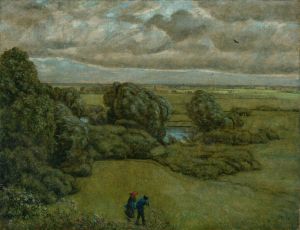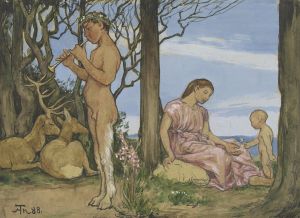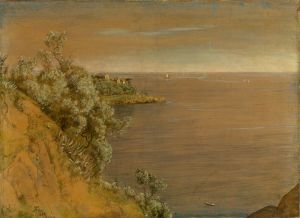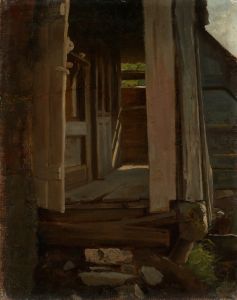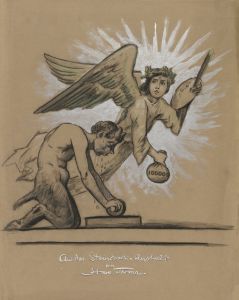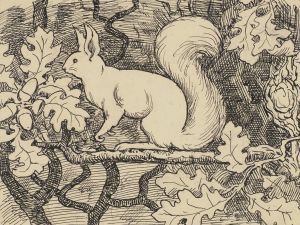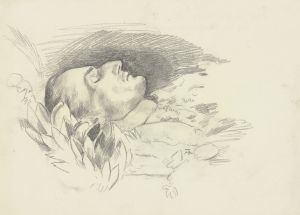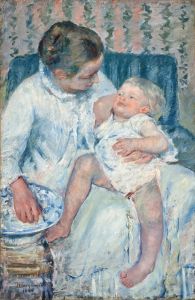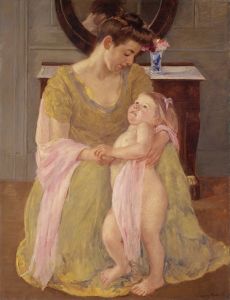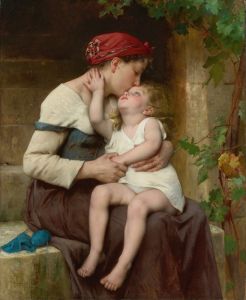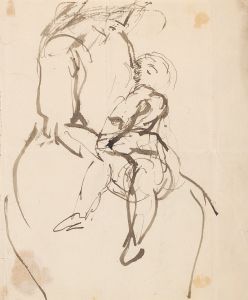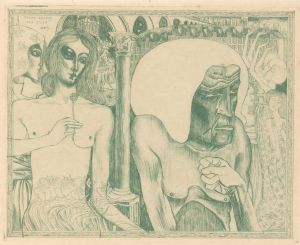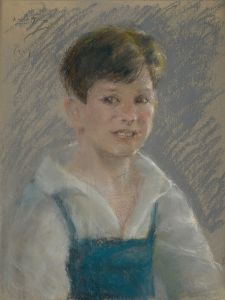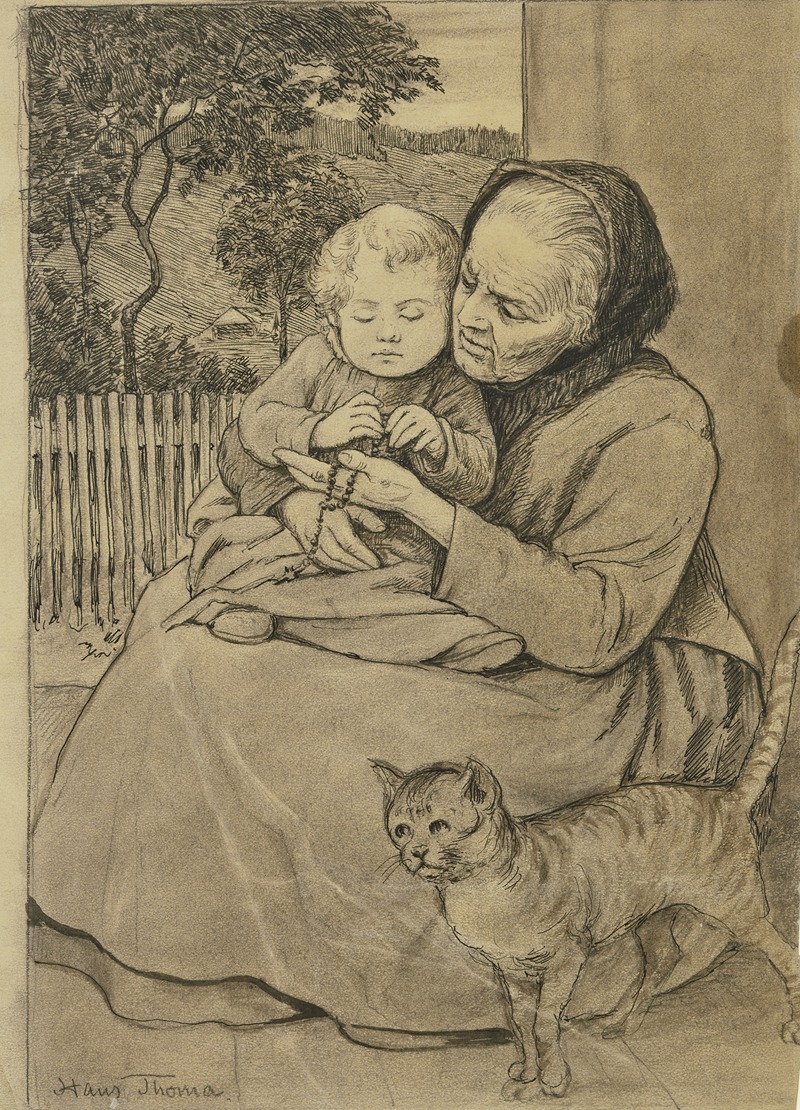
Sitzende alte Frau mit Kind
A hand-painted replica of Hans Thoma’s masterpiece Sitzende alte Frau mit Kind, meticulously crafted by professional artists to capture the true essence of the original. Each piece is created with museum-quality canvas and rare mineral pigments, carefully painted by experienced artists with delicate brushstrokes and rich, layered colors to perfectly recreate the texture of the original artwork. Unlike machine-printed reproductions, this hand-painted version brings the painting to life, infused with the artist’s emotions and skill in every stroke. Whether for personal collection or home decoration, it instantly elevates the artistic atmosphere of any space.
Hans Thoma was a German painter born on October 2, 1839, in Bernau in the Black Forest. He is known for his landscapes, portraits, and genre paintings that often reflect the idyllic and pastoral life of the German countryside. Thoma's work is characterized by its detailed realism and often incorporates elements of German folklore and mythology.
"Sitzende alte Frau mit Kind" (translated as "Seated Old Woman with Child") is one of Thoma's paintings that exemplifies his interest in capturing everyday life and the human condition. While specific details about this particular painting are scarce, it can be understood within the broader context of Thoma's oeuvre and the themes he frequently explored.
Thoma's work often depicted scenes of domestic life and the natural world, reflecting his upbringing in the Black Forest and his deep connection to the German landscape. His paintings are known for their meticulous attention to detail and their ability to convey a sense of tranquility and timelessness. In "Sitzende alte Frau mit Kind," Thoma likely continues this tradition, focusing on the intimate bond between generations and the simplicity of rural life.
Throughout his career, Thoma was influenced by various artistic movements, including Romanticism and Symbolism. He studied at the Karlsruhe Academy of Fine Arts and later in Düsseldorf, where he was exposed to the works of the Nazarene movement, which emphasized religious and historical themes. Thoma also spent time in Paris, where he encountered the works of Gustave Courbet and the Barbizon School, further shaping his artistic style.
Thoma's paintings often feature a harmonious blend of figures and landscapes, with a particular emphasis on the beauty and serenity of nature. His use of color and light creates a warm and inviting atmosphere, drawing viewers into the world he depicts. In "Sitzende alte Frau mit Kind," these elements likely come together to create a poignant portrayal of familial love and the passage of time.
Despite his success, Thoma's work was sometimes criticized for being overly sentimental or conservative, especially during a period when the art world was rapidly changing with the advent of modernism. However, his dedication to his unique vision and his ability to capture the essence of rural life earned him a lasting place in the history of German art.
Hans Thoma's legacy is preserved in several museums and collections, particularly in Germany. The Hans Thoma Museum in Bernau, his birthplace, is dedicated to his life and work, showcasing a wide range of his paintings and drawings. His art continues to be appreciated for its technical skill, emotional depth, and its celebration of the natural world.
While specific information about "Sitzende alte Frau mit Kind" is limited, it remains an integral part of Thoma's body of work, reflecting his enduring fascination with the themes of family, nature, and the simplicity of everyday life.





